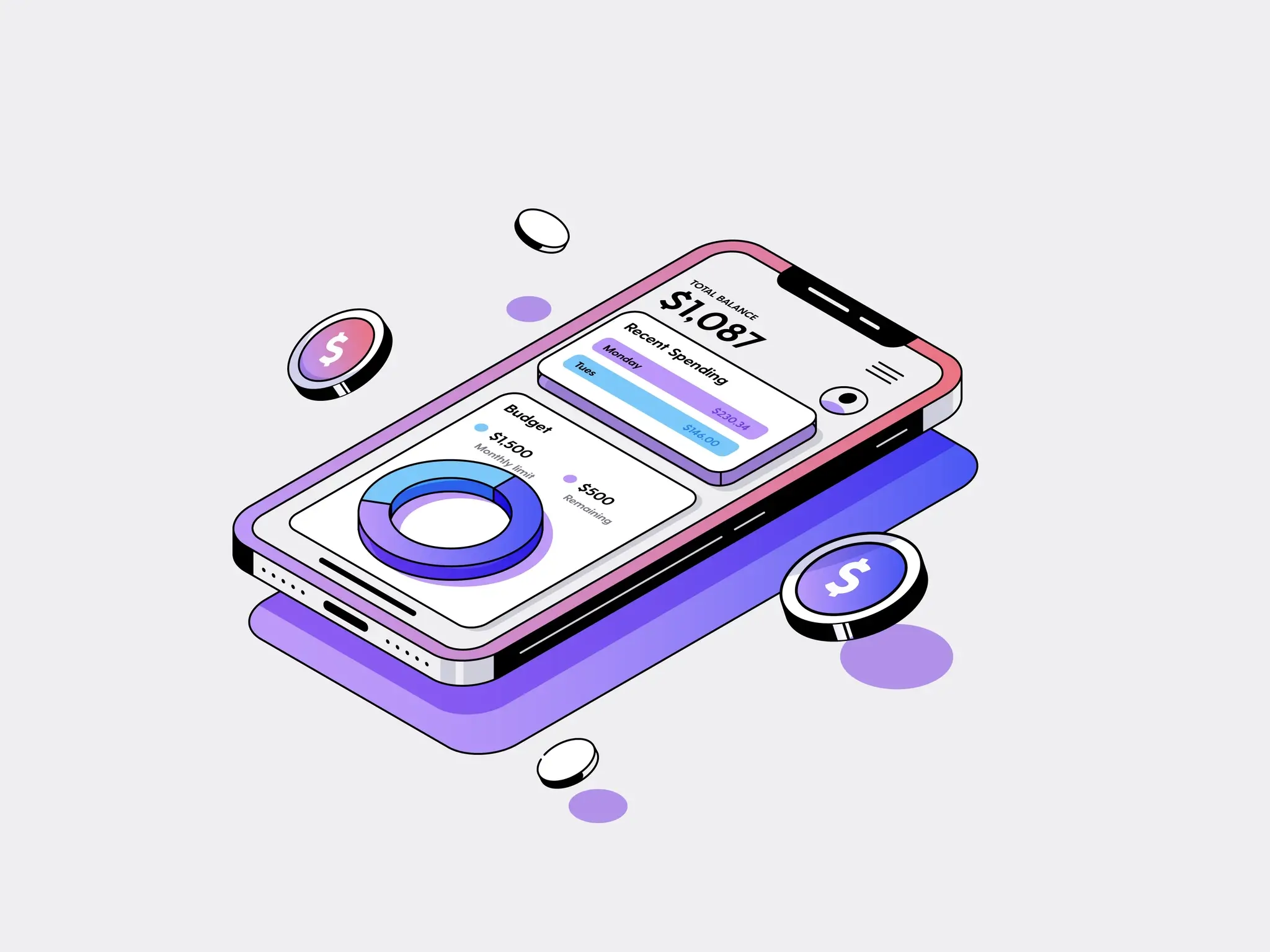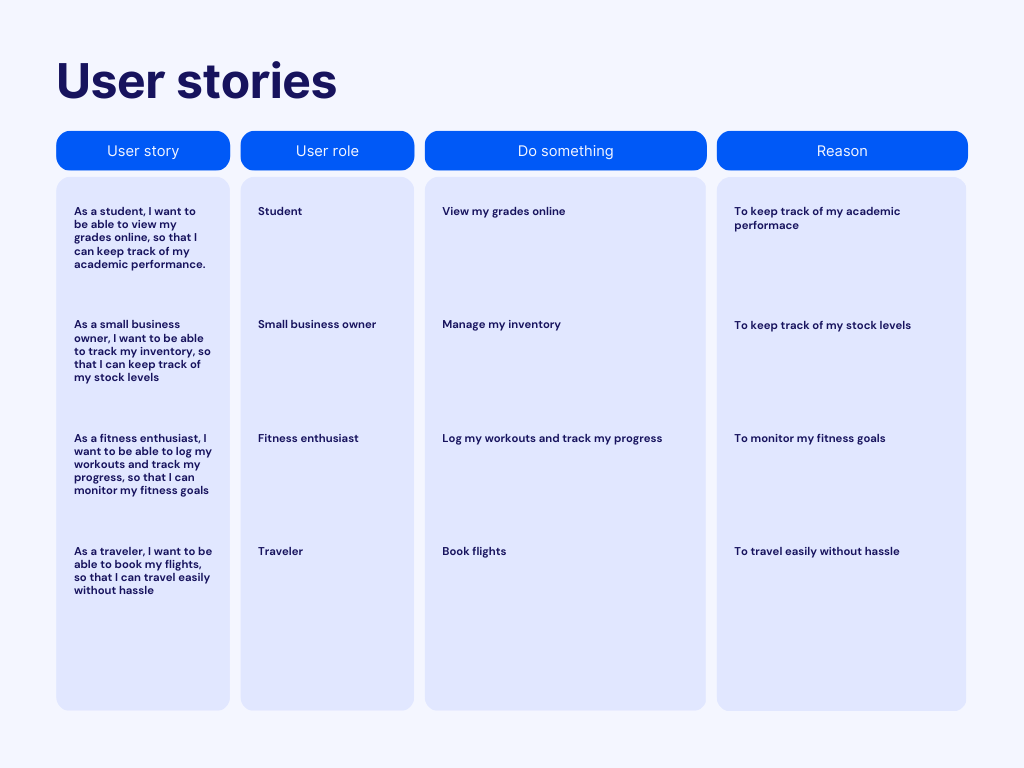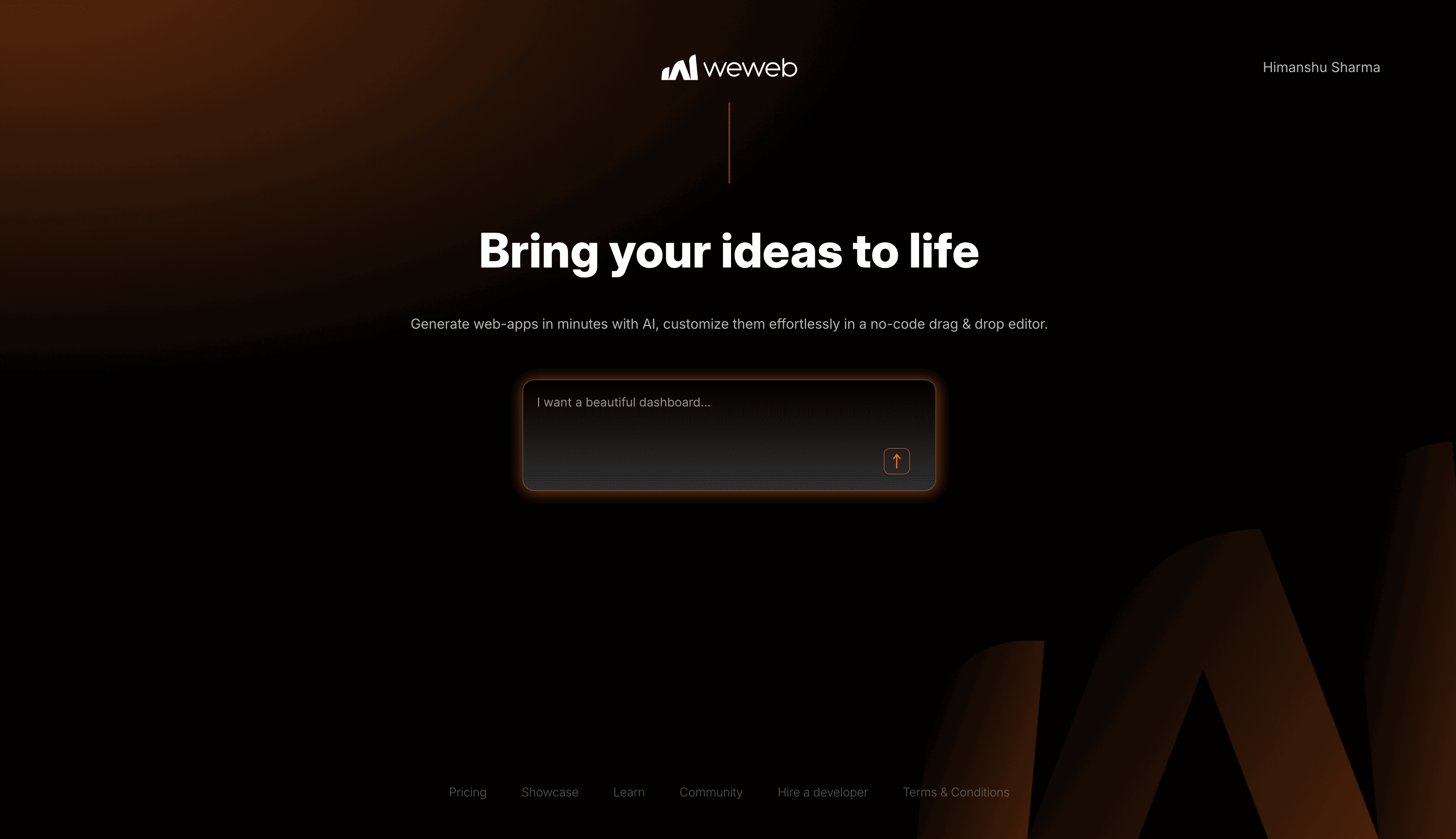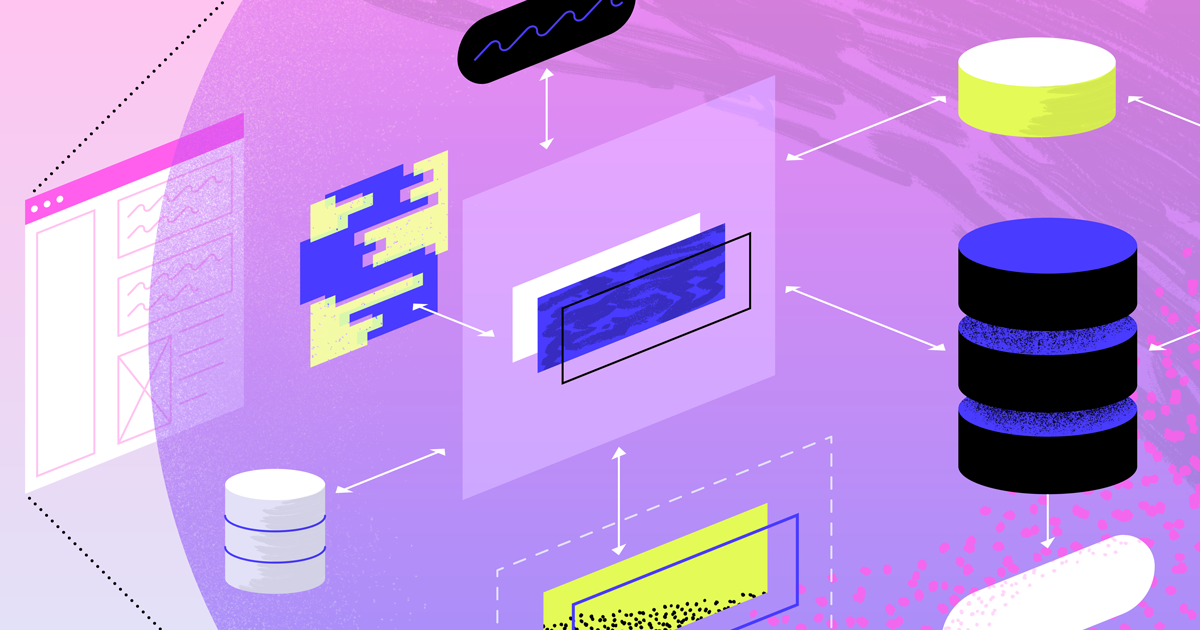Guide to Writing User Stories for Bubble Apps

If you're new to Bubble, or even if you're an experienced Bubble developer, you may be wondering how to effectively create user stories that accurately represent your app's features and functionality.
That's where this guide comes in. We'll walk you through every step of the process, from defining user roles and goals to creating acceptance criteria.
So whether you're building an app for yourself or a client, this guide will give you the tools to create effective user stories and build better Bubble apps!
What are user stories?
User stories are short, simple descriptions of a feature or functionality of a software application that you write from an end user's perspective. It's an end goal, not a feature, expressed from the software user's perspective.
A user story typically consists of three parts:
- user role or persona
- user's goal or objective
- benefit or value that the user will derive from achieving their objective.
For example, a user story might look like this: "As a registered user, I want to be able to reset my password so that I can regain access to my account if I forget my login details. This will save me time and frustration."
I didn't provide a lot of specifics. Those are fleshed out later after the team has agreed on what's needed.
But by breaking down features into user stories, teams can focus on building software that genuinely meets user needs rather than simply implementing a list of predefined functionality.
Although it may seem like user stories are just software requirements, they're much more than that. The stories use simple language to guide the development team and provide context for their work, which creates value for the end user.
Why create user stories?
User stories simplify complex projects into small tasks. By focusing on the user's perspective, Bubble developers can avoid wasting time and resources on unnecessary features.
Also, user stories, written in plain language, can be understood by all development team members. This step is crucial to building successful Bubble apps.
How to work with user stories?
In addition to their standalone value, user stories serve as building blocks of Epics and Initiatives.
Epics represent significant units of work that are further deconstructed into individual stories, while multiple Epics form an Initiative.
User stories are added to sprints and covered over the duration of the sprint. During a sprint, you should decide what stories you'll tackle that sprint.
Now is the time to get technical and add requirements to the story. Your story should be sized to be complete in one sprint. If the story takes longer than the sprint, try to break the story down.
How to write user stories
User stories follow a simple formula:
"As a [user role], I want to [do something], so that [reason]."
This format ensures that the story is focused on the user and their needs rather than the solution itself.
It's important to define user roles before writing stories. It will help you understand the different types of users and their unique needs.
User roles are determined based on demographics, company roles, or other relevant criteria.

Breaking this down:
- "As a [User Role]": Who is the end-user for our Bubble app? It goes beyond just knowing their job title - you need to understand their personal characteristics.
- "Do something": Focus on the user's intent rather than the features they will use. It means describing their goal rather than specific UI elements or functionality.
- "Reason": Understand the bigger picture. What is the main problem that needs to be solved? What is the end goal or benefit the user hopes to achieve through the app?
User stories are flexible and subject to change. They should be flexible enough to evolve as the project progresses and new information becomes available.
How do you ensure your user stories align with your product vision?
It's important to ensure that your user stories align with your product vision to maintain a clear focus and direction for your app.
Start by identifying your app's core value proposition and defining the primary problem it solves for users. Use this as a foundation for creating user stories that directly support your product vision.
- Regularly evaluate your user stories against your product vision to ensure they remain aligned.
- Refine and adjust your user stories to ensure they support your product vision.
Related: Bubble Development Process Guide
What are some pitfalls to avoid when writing user stories?
- Being too vague and not accurately defining the goal. It's important to be specific and define precisely what the user wants and needs.
- Writing from a developer's perspective rather than the user's perspective. Your user stories should focus on the user's experience.
- Making assumptions about the user's needs and wants. It's important to conduct user research to clearly and accurately understand your users.
- Not prioritizing your user stories. Make sure to focus on the most important user stories first.
- Writing user stories that are too complex. Keep them simple and easy to understand so everyone involved in the development process can stay on the same page.
- Forgetting to include acceptance criteria so that all parties know what is expected of the final product.
What is the purpose of creating acceptance criteria?
Acceptance criteria help in clearly defining when the story is considered complete and helps to avoid any ambiguity.
It clearly states what to do and how to evaluate it during testing. It accelerates the development process and makes it easier to track progress.
- Acceptance criteria should be specific, measurable, achievable, relevant, and time-bound.
- It helps to ensure that the story meets the client's requirements and that the development team understands the end user's expectations.
Here's a sample acceptance criteria for online payment processing
- We should verify the payment information and only accept valid payment details.
- We should send a confirmation message to the user upon successful payment.
- We should notify the user if the payment was unsuccessful and explain the reason of failure.
- We should log all payment transactions and provide a mechanism for auditing payment activity.
Crafting Clear and Concise Acceptance Criteria
When writing acceptance criteria, it's important to be as specific as possible. Use clear and straightforward language, and avoid ambiguity or vagueness.
- Start by identifying the specific features or functionalities you want to test.
- Describe the expected behaviour of each feature in detail, including any specific inputs, outputs, or interactions required.
- Include any specific performance goals or constraints the feature must meet to be considered complete.
By following these steps, you can create acceptance criteria that are clear, concise, and effective - helping you build a high-quality Bubble.io app that meets the needs of its users.
Best Practices for Sharing User Stories with Your Development Team
Providing clear and concise information is important when sharing user stories with your development team. Use simple language and avoid jargon or technical terms that may be unfamiliar to team members.
Ensure that you organize the user stories logically and systematically. Consider breaking them into smaller, more manageable units that the team can address independently.
- Provide context for each user story by including information about the user's goals and motivations.
- Include acceptance criteria that clearly define what is considered a successful implementation of the user story.
- Regularly communicate with team about changes or updates to user stories.
Learn more on how to hire the right Bubble developer for your business.
Final thoughts
In conclusion, creating effective user stories is crucial for the success of your Bubble apps. By understanding the importance of user roles, goals, and acceptance criteria, you can better cater to your audience's needs and preferences.
Further reading: Bubble Development Process Guide
Want software that moves the needle?
We’ve helped ops teams, marketing leads, and SaaS founders build software that scales.





